The draft Law consists of 9 chapters and 50 expected articles, built closely following the Party's policies, in accordance with the Constitution, international treaties and domestic practices; ensuring inheritance, development and creation of a legal corridor for innovation in vocational education development.
The draft Law on Vocational Education (amended) standardizes 5 policies submitted to the Government , including: Innovation in the structure of the vocational education system; Innovation in training programs, organization and quality assurance of vocational education; Promoting the role of enterprises and enhancing international cooperation in vocational education; Increasing resource mobilization and improving the efficiency of management and use of finance and assets for vocational education; Innovation in the state management mechanism on vocational education towards transparency and efficiency.
Compared with the current Law on Vocational Education, the draft Law on Vocational Education (amended) has many contents adjusted, supplemented and amended, specifically as follows:
Omitted content
The following contents are omitted from the draft Law: Objectives of vocational education, classification of vocational education institutions; conditions for establishment, division, separation, merger, and dissolution of vocational education institutions; regulations on establishment of school boards in vocational education institutions belonging to the armed forces; administrative procedures for establishing branches, registering additional vocational education activities; conditions for training cooperation with foreign countries, conditions for establishing representative offices, and conditions for establishing accreditation organizations.
The draft Law also omits the contents that have been stipulated in the Law on Education, the Law on Teachers, and the Law on Civil Servants (authority to establish, divide, separate, merge, and dissolve vocational education institutions; regulations of vocational education institutions; state management of vocational education; policies for teachers, students, and pupils; goals of international cooperation in vocational education).
The above adjustment aims to ensure consistency between the Laws and decentralize the Government to regulate investment conditions to create a basis for reducing investment conditions and administrative procedures to adapt to the conditions of socio -economic development and vocational education activities in each period.
Revised and improved content
The revised and improved contents in the draft Law include: Program, level and organization of vocational education activities; organizational structure of vocational education institutions; autonomy and accountability of vocational education institutions; lecturers, teachers, and vocational trainers; state financial policy for vocational education; finance and assets of vocational education institutions; vocational education accreditation.
This amendment and improvement aims to meet the requirements of innovating the state management method of vocational education, resolving problems related to school boards to improve the management capacity and autonomy of vocational education institutions; improving the quality of vocational education training through ensuring the substance of training conditions (programs, lecturers, teachers, finance) and building a system of internal quality assurance and external inspection and evaluation.
Additional content
The Draft Law adds the following contents: Vocational secondary school program integrates core knowledge of the general secondary school program and vocational expertise for students graduating from junior high school; vocational secondary schools; higher education institutions of the armed forces, higher education institutions training in specific specialized fields and professions in the field of art are allowed to participate in training at college and intermediate levels;
Recognition of learning outcomes, accumulated professional capacity; the role of enterprises in vocational education; lecturers and co-teachers; vocational education institution standards, training program standards, quality assurance system; investment cooperation activities of Vietnamese vocational education institutions abroad.
The addition of the above regulations aims to institutionalize the State's policies and guidelines on training and developing human resources to serve the tasks of socio-economic development, providing human resources for key economic sectors and key technical technologies; promoting a learning society and lifelong learning; attracting and employing foreign experts, scientists, and overseas Vietnamese to teach and conduct scientific research at vocational education institutions; building a system of standards on vocational education institutions and training programs to unify the organization and training methods and activities and support the assessment, classification, and investment in the development of vocational education institutions.
Content of cutting and simplifying administrative procedures
It is expected to cut 32/74 administrative procedures, accounting for 43.24% (cutting conditions for establishing an accreditation organization; cutting administrative procedures related to establishing branches, recognizing boards of directors, registering additional vocational education activities; integrating administrative procedures related to permitting the establishment, division, separation, merger, dissolution, and renaming of foreign-invested vocational education institutions).
Simplify documents and records in the organization and operation of vocational education for 42/74 administrative procedures on establishment, division, separation, merger, and dissolution of vocational education institutions; registration of vocational education activities; establishment of representative offices; and training cooperation with foreign countries.
Cutting and simplifying administrative procedures to save social costs, increase productivity and work efficiency, attach responsibility to the person performing the work and the head of the unit; implementing the policy of shifting from pre-inspection to post-inspection.
Decentralization and delegation of authority
Decentralization from the National Assembly and the National Assembly Standing Committee to the Government to regulate investment conditions, vocational education activities and vocational education development policies, specifically:
Specific regulations on conditions for establishment, merger, division, separation, and dissolution of vocational education institutions; conditions for permission to operate vocational education; conditions for training cooperation with foreign countries; conditions for establishment of representative offices; conditions for vocational education accreditation activities.
Specify the content on autonomy and accountability of vocational education institutions; policies for lecturers, teachers, and vocational trainers; policies for learners; policies for enterprises; policies on international cooperation and foreign investment in vocational education; forms and principles of resource use, responsibilities for management and supervision of public-private partnerships in vocational education; tuition fee ceilings; pricing methods and authority to price training services; detailed regulations on foreign cooperation and investment in the field of vocational education, on investment cooperation of Vietnamese vocational education institutions abroad; and administrative sanctions for violations of the law in the field of vocational education.
Decentralization from the Government and the Prime Minister to the Ministry of Education and Training, the Minister of Education and Training regulates professional issues according to the authority of state management (regulations on granting diplomas, certificates, and certificates of completion of courses; training program standards; guidance on building, evaluating, updating, selecting, and using programs and textbooks; list of college and vocational secondary training majors; time, form, method of organizing training and linking organizations to implement training programs...).
Vocational education institutions are fully autonomous in professional activities and internal administration; and are accountable to competent state agencies, learners and society for the organization, management of activities and training quality.
The Draft Law on Vocational Education clearly demonstrates the spirit of decentralization and delegation in state management in the field of vocational education, giving more initiative and autonomy to the Ministry of Education and Training, provincial levels and vocational education institutions to meet the requirements of modern, effective and efficient development.
Source: https://giaoducthoidai.vn/du-kien-nhieu-chinh-sach-moi-ve-giao-duc-nghe-nghiep-post737582.html


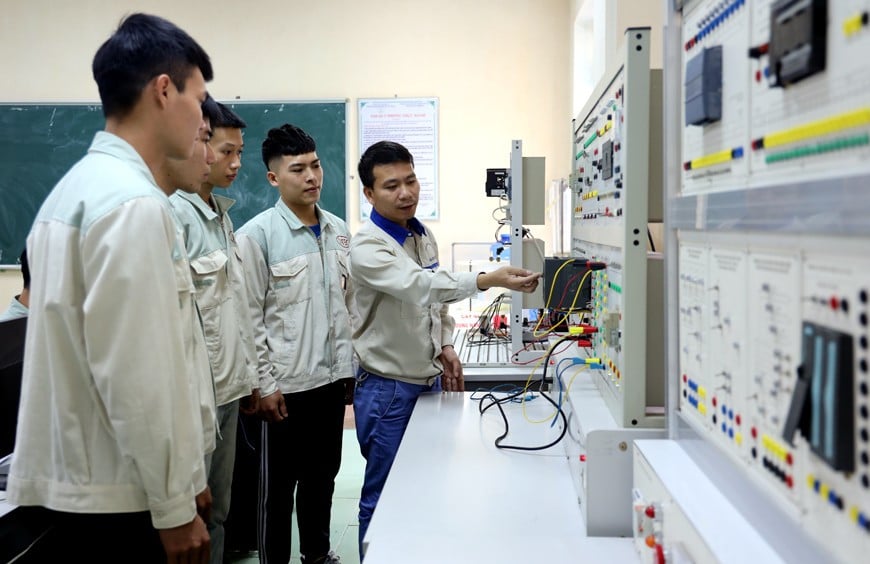


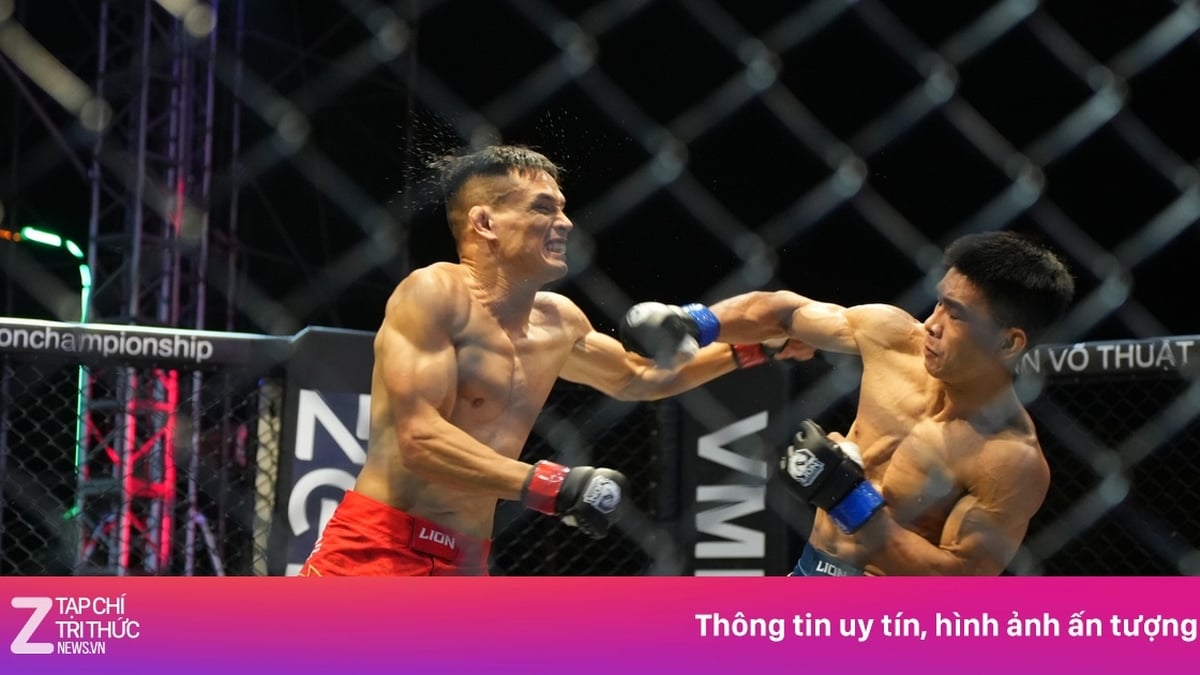

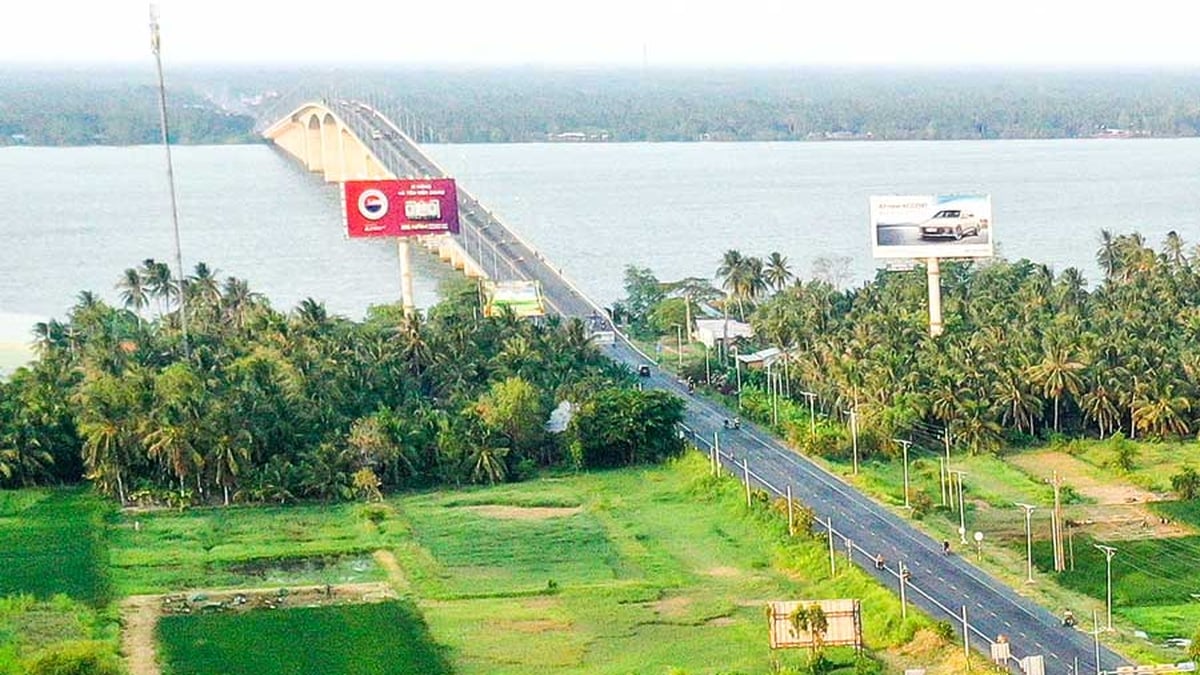
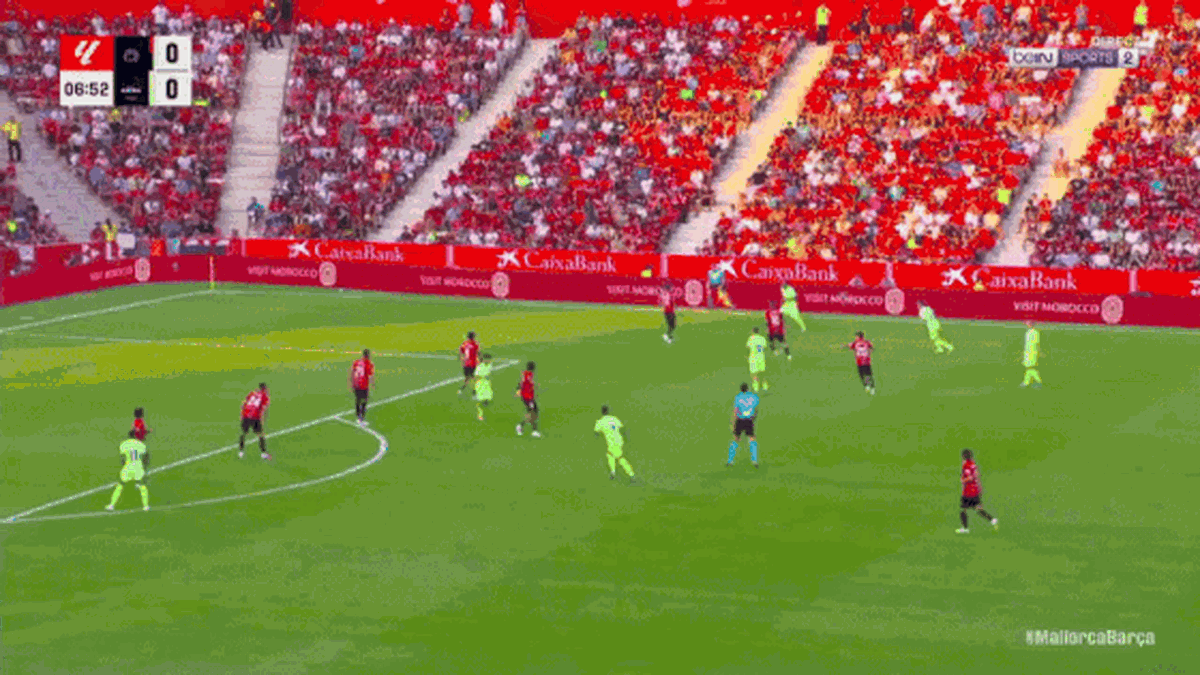
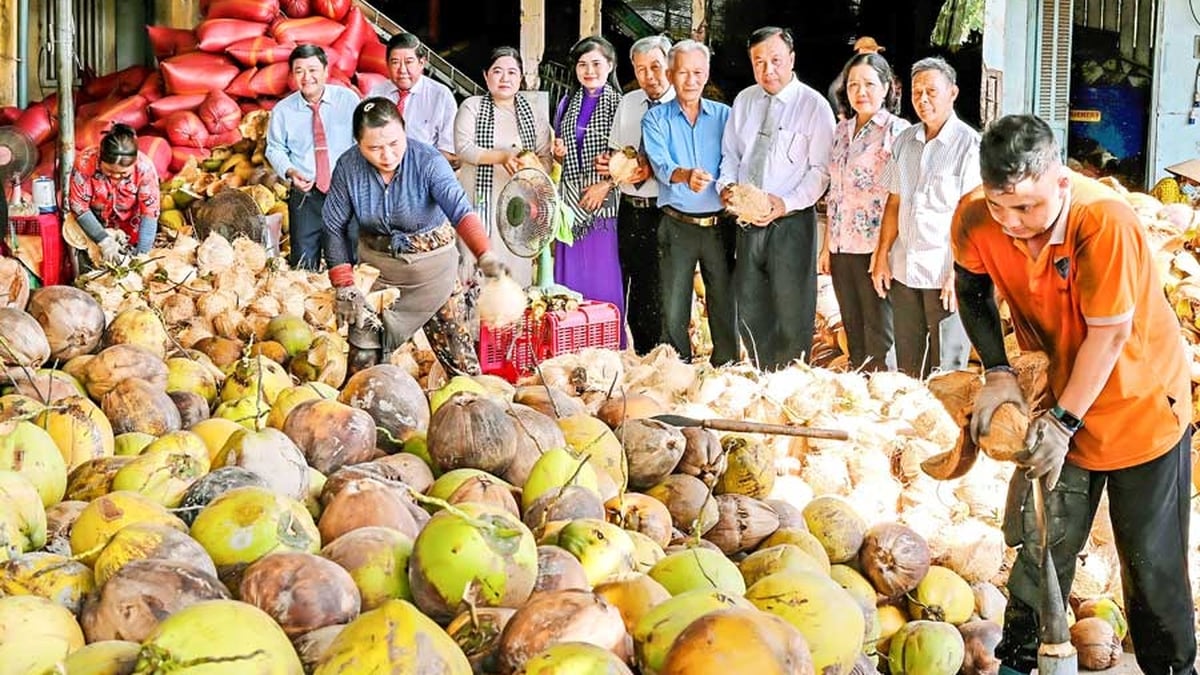
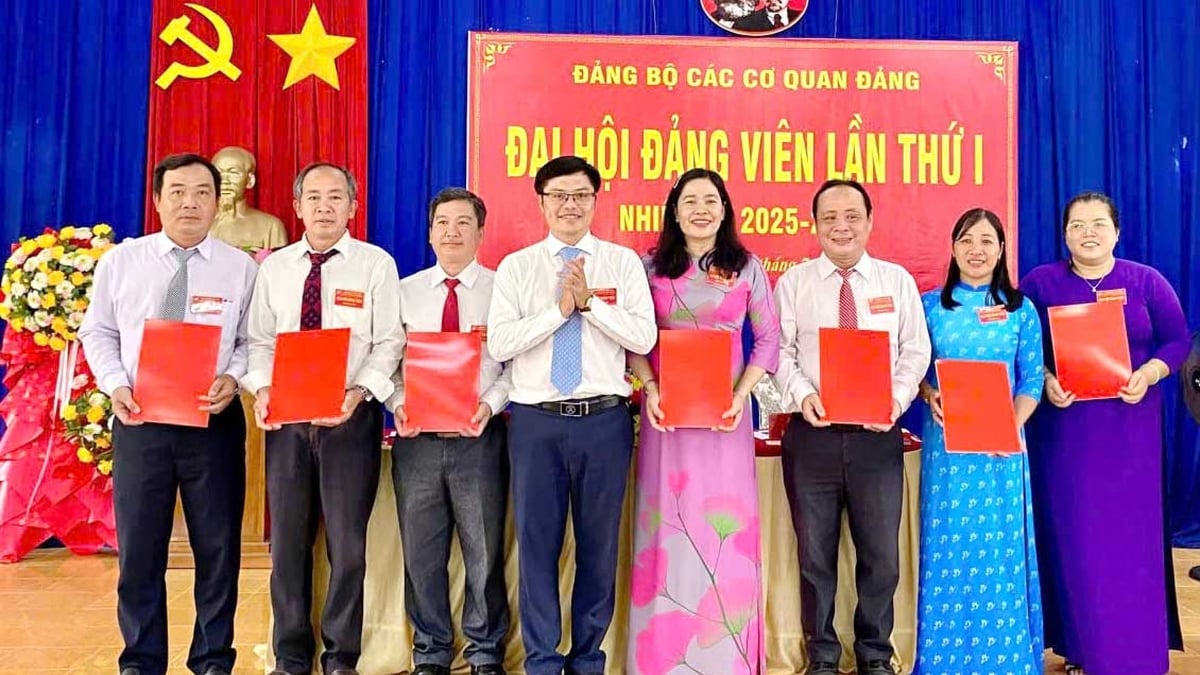











![[Photo] General Secretary attends the inauguration ceremony of the Ministry of Public Security Headquarters](https://vphoto.vietnam.vn/thumb/1200x675/vietnam/resource/IMAGE/2025/8/16/3ceec3a24ef945c18ae2b523563b749d)



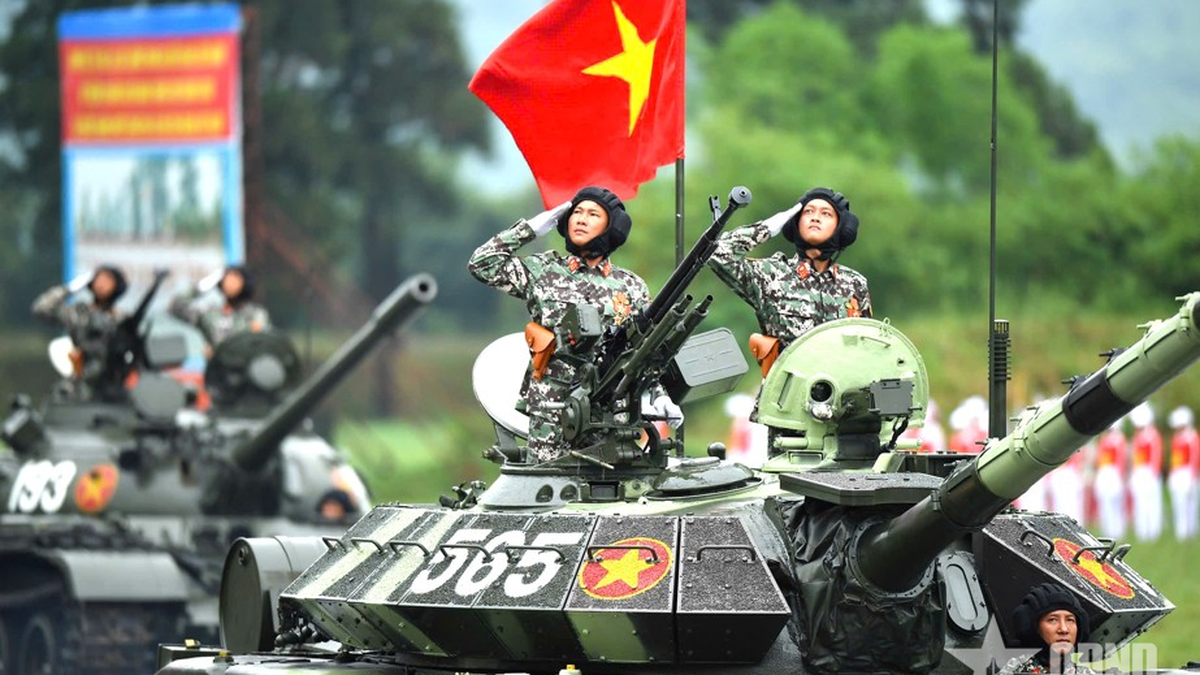
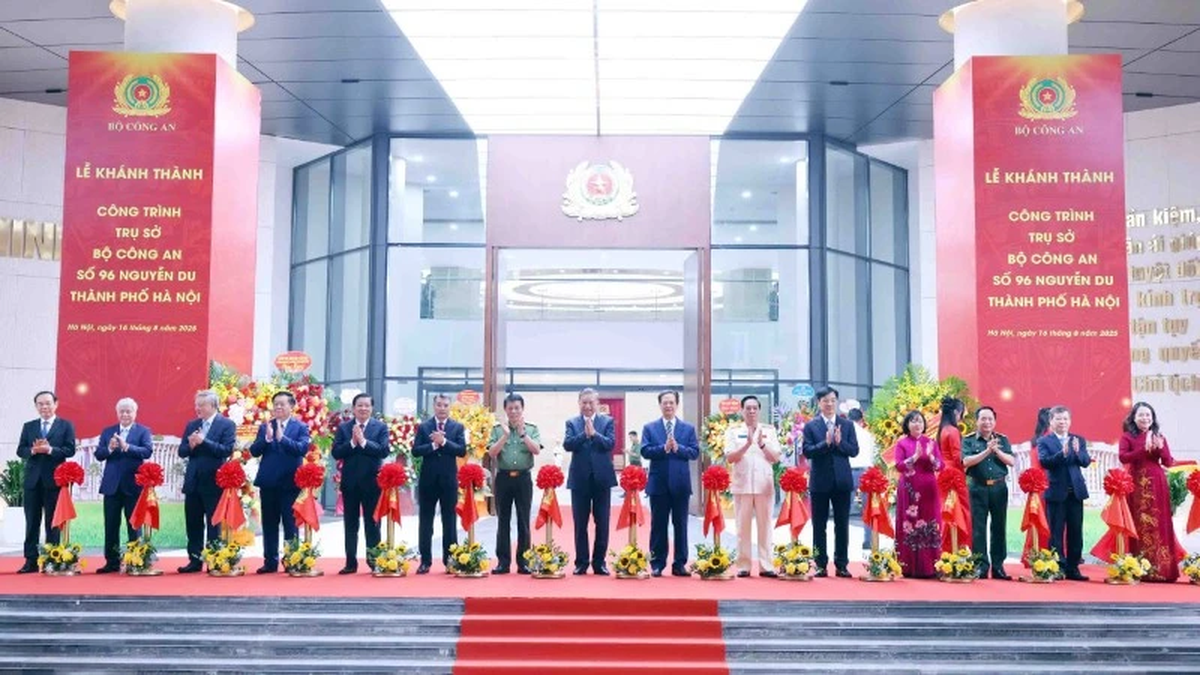
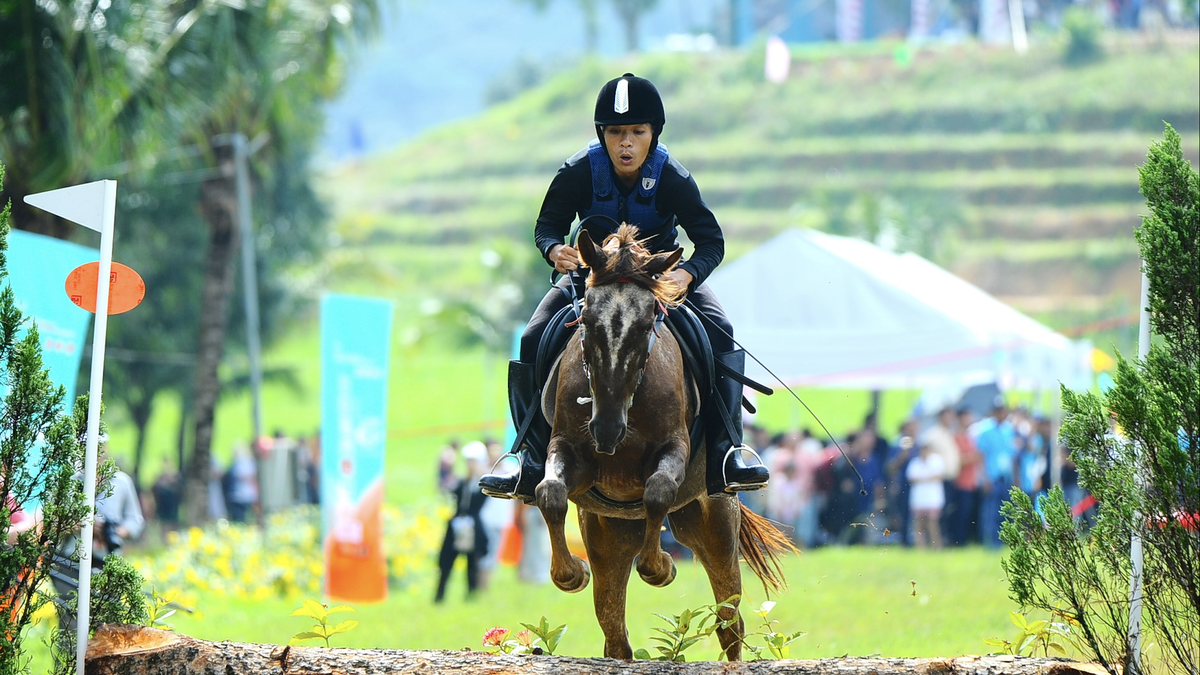
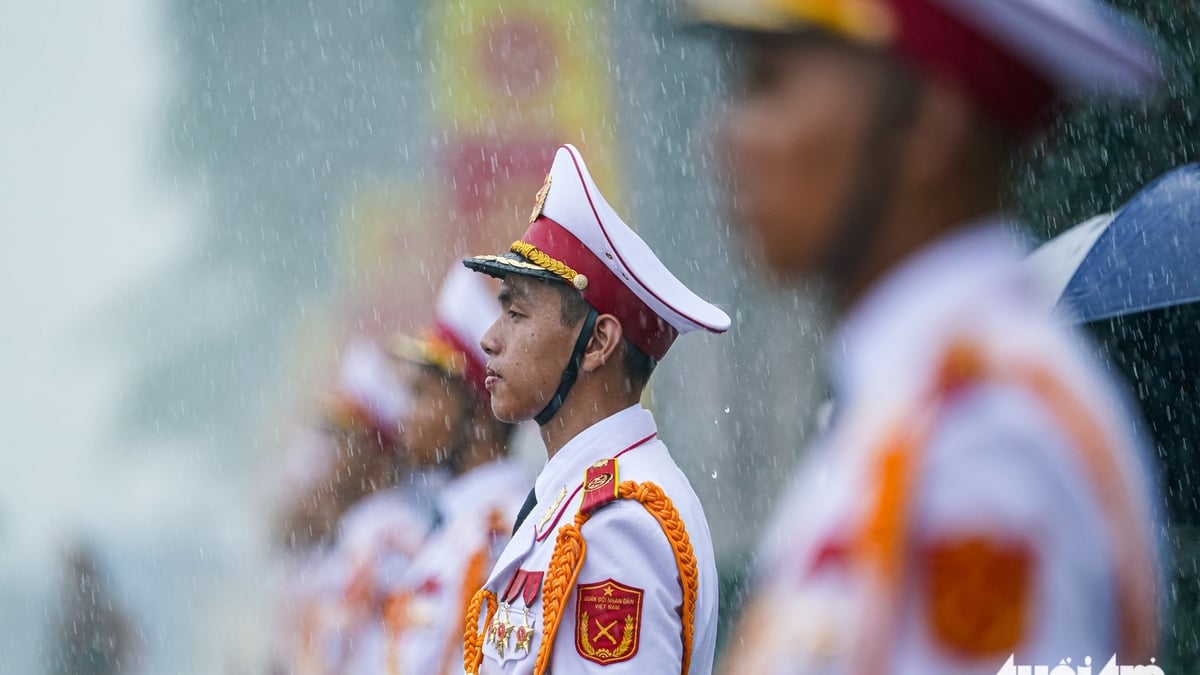
![[Photo] National Assembly Chairman Tran Thanh Man attends the program "Returning to the source - Towards the future"](https://vphoto.vietnam.vn/thumb/1200x675/vietnam/resource/IMAGE/2025/8/16/d081d9c162ee4ed9919e723aa322a53a)
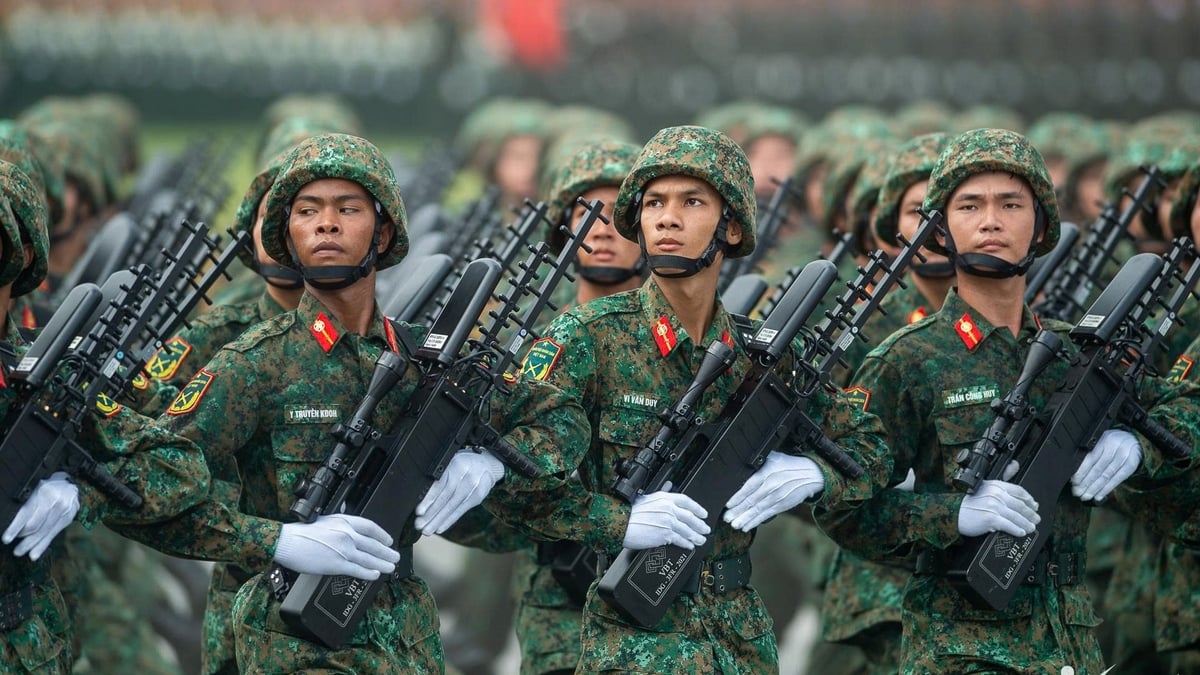


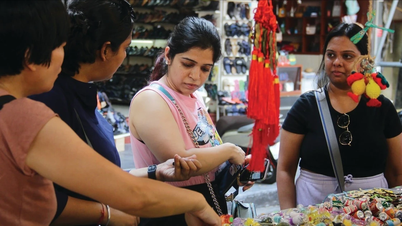

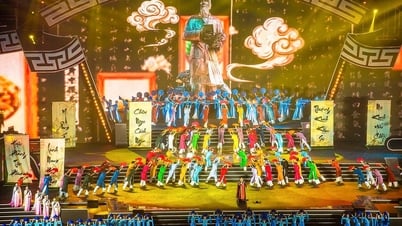

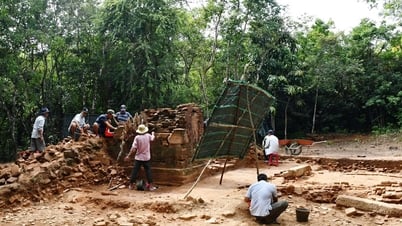

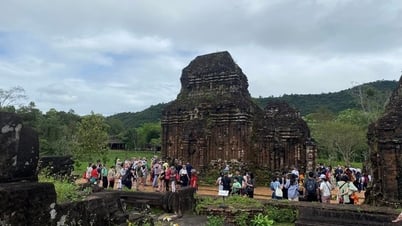









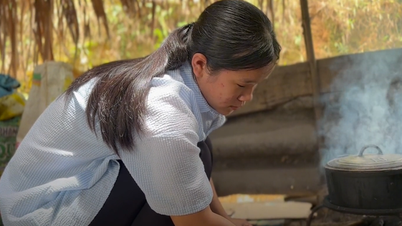

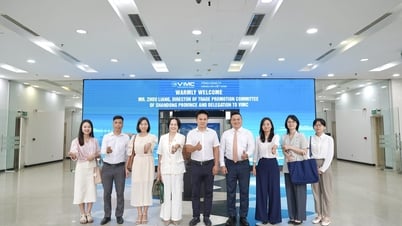

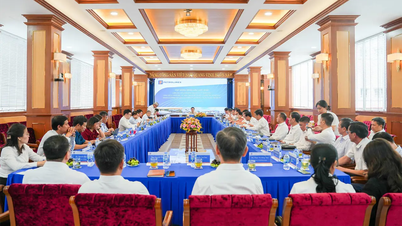

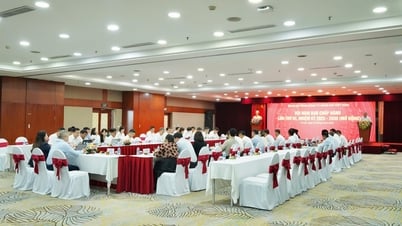




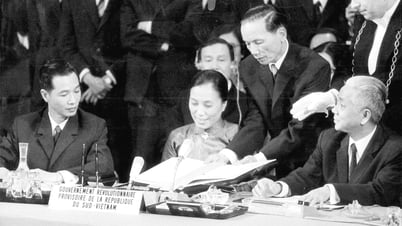


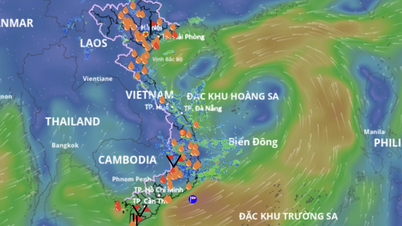






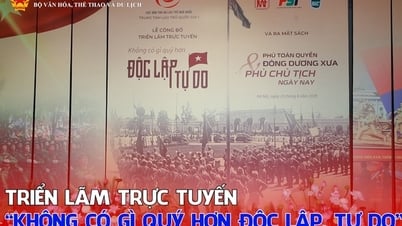

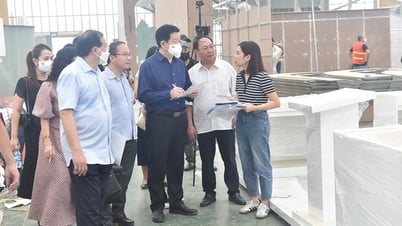






















Comment (0)